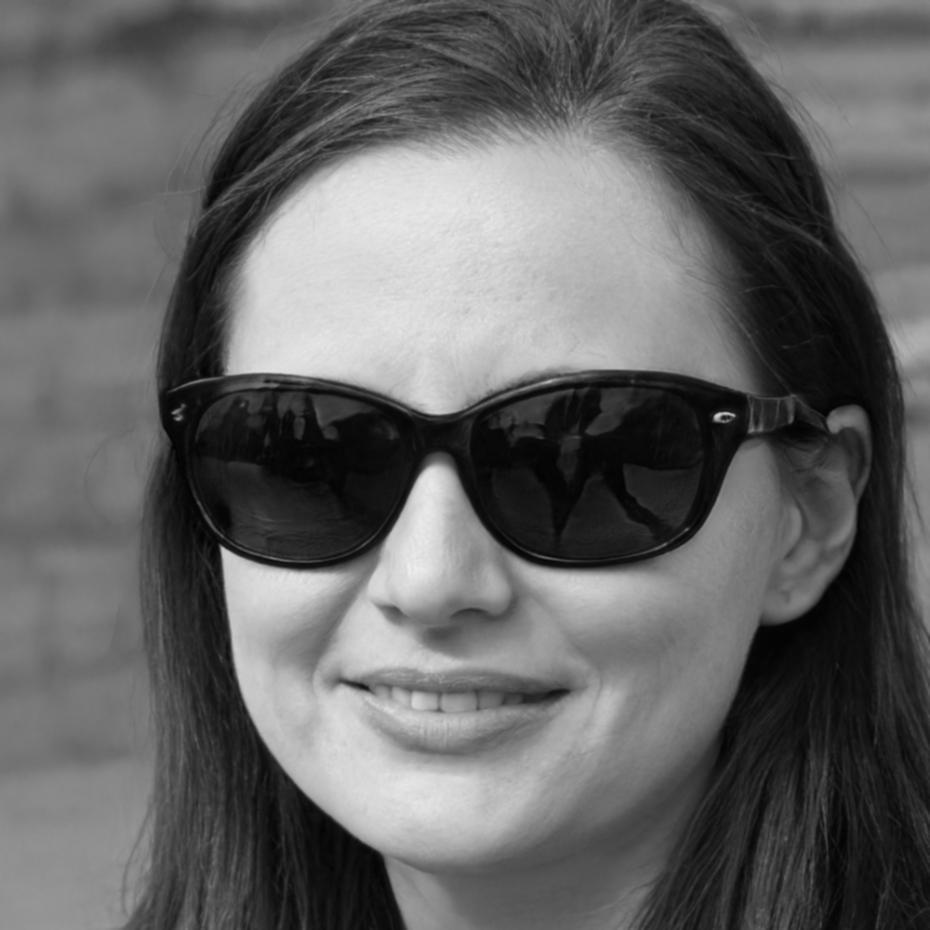Financial Scenario Modelling Programs
Our programs start in September 2025 and run through to March 2026. We've designed them for people who want to understand how financial decisions play out over time.
You'll work with actual datasets from Australian businesses and build models that mirror real-world complexity. The focus here isn't theory for its own sake — it's about connecting analysis to outcomes you can actually use.
Most participants are already working in finance or operations and want to sharpen their forecasting skills. Some come from other fields entirely but share a curiosity about numbers and strategy.

How We Approach Scenario Modelling
Our method comes from years of running workshops for mid-sized firms and noticing what actually sticks. We've stripped out the fluff.
Pattern Recognition First
Before building anything, you'll spend time identifying patterns in historical data. We use case studies from retail, property development, and manufacturing sectors across Australia.
This phase teaches you to spot anomalies and trends that matter. It's less about formulas and more about developing instinct backed by evidence.
Iterative Model Building
You'll create multiple versions of the same scenario, each time adding layers of complexity. Start simple, test assumptions, then refine.
- Week 1-3: Basic cash flow projections
- Week 4-6: Variable cost structures
- Week 7-9: Multi-scenario planning
Stress Testing Methods
Every model you build gets pushed to breaking point. What happens when your revenue drops 30%? When supplier costs spike unexpectedly?
We base these stress tests on actual market events from 2019 through 2024, so you're not working with hypothetical disasters.
Presentation and Justification
The final piece is explaining your work to non-technical stakeholders. You'll practice distilling complex scenarios into clear recommendations.
This part trips up a lot of analysts who can build brilliant models but struggle to communicate why their conclusions matter.
Learning Alongside Others Who Get It
Classes run with 12-16 people max. Small enough that everyone contributes, large enough for diverse perspectives. You'll work in rotating pairs each week, which means you'll see how different people tackle the same problem.
Some of the best insights come from peer review sessions. Someone always spots the assumption you didn't question or suggests a variable you overlooked. It's humbling and incredibly useful.
Our instructors come from banking, corporate finance, and consulting backgrounds. They've built models under pressure for actual clients, which gives them a pragmatic edge you won't find in purely academic settings.
Between formal sessions, there's a shared workspace (physical in Maroubra, plus online forums) where people post questions, share resources, or workshop tricky problems together. The collaborative aspect tends to outlast the program itself — cohorts often stay connected for years.
Enquire About September Intake
Ingrid Thorsen
Former risk analyst at Westpac. Specializes in cashflow scenario planning for volatile markets.

Ailsa McTavish
Spent 8 years building financial models for property developers across Sydney and Melbourne.

Ziva Kovačević
Corporate finance consultant with background in manufacturing sector forecasting and supply chain modelling.

Siobhan Dempsey
Banking operations specialist turned educator. Focuses on regulatory compliance within scenario frameworks.